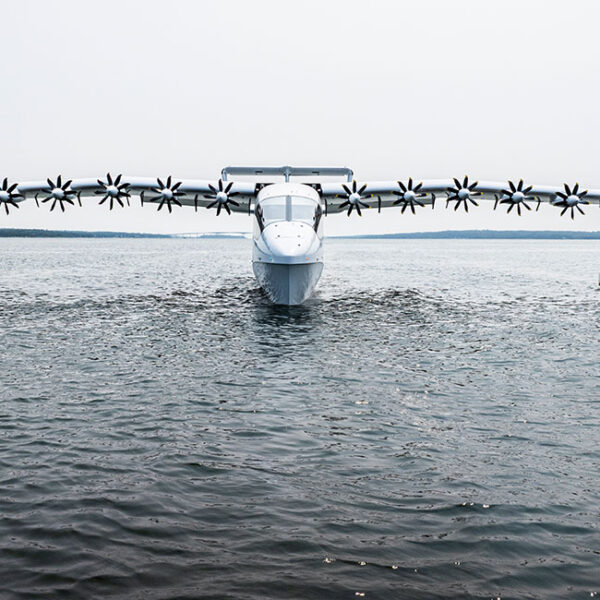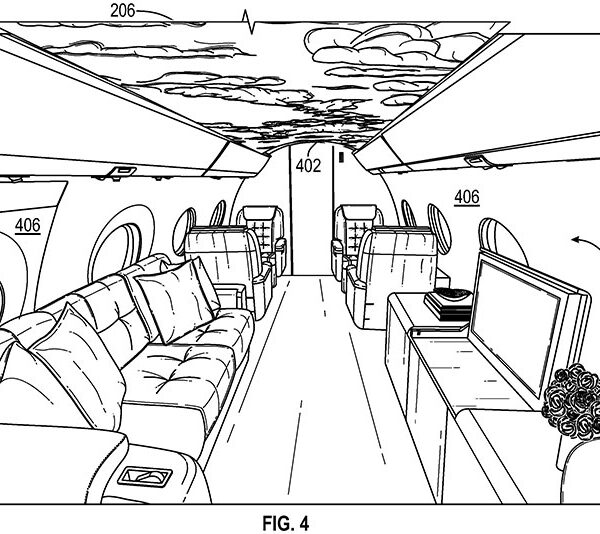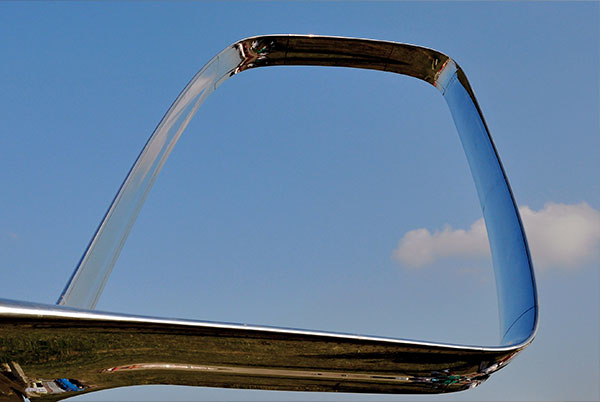Otto Aviation Concept Jet
Among the various aircraft concepts in various stages of development, one particularly compelling design is from Otto Aviation. Based in Yorba Linda, California, the upstart has been working to refine their laminar-flow airfoil, promising that the reduction in drag will unlock massive gains in performance and efficiency.
Thus far, Otto has built and flown a proof-of-concept aircraft called the Celera 500L. Equipped with a straight wing and a single Diesel piston engine driving a pusher propeller, the 500L first flew in 2018 and has set the stage for an advanced, twin-turbofan private jet derivative.
The twin jet, aimed to provide transcontinental range with a supermid-sized cabin, has been referred to as the Celera 800 on the company’s website but, according to job postings, appears to have been renamed the “Phantom 3000.”
In addition to notable range and efficiency, the forthcoming jet promises a revolutionary cabin experience. Devoid of any windows, the cabin utilizes gently-curved screens that display a real-time view outside. Dubbed “supernatural windows” by Otto Aviation, these reportedly enable better airflow over the fuselage, less weight, and a claimed 20% increase in cabin size.
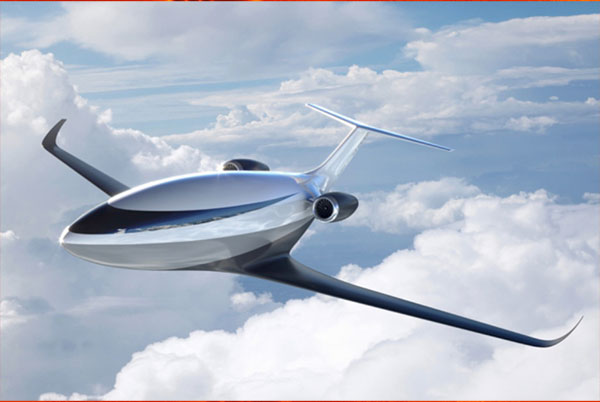
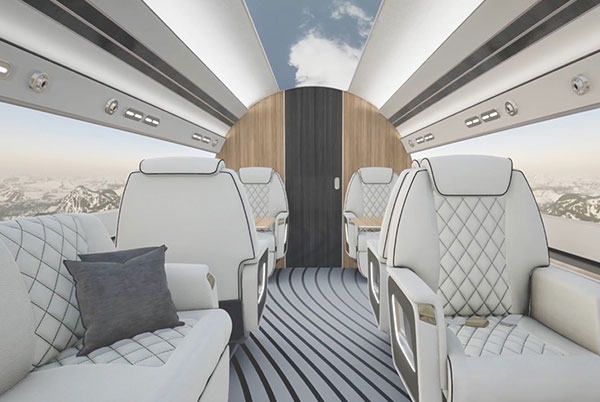
Whether the Phantom 3000 and its claimed benefits will come to fruition remains to be seen, but with other manufacturers preparing to integrate virtual windows into their own aircraft, at least some of the developments are indeed likely to see the light of day.
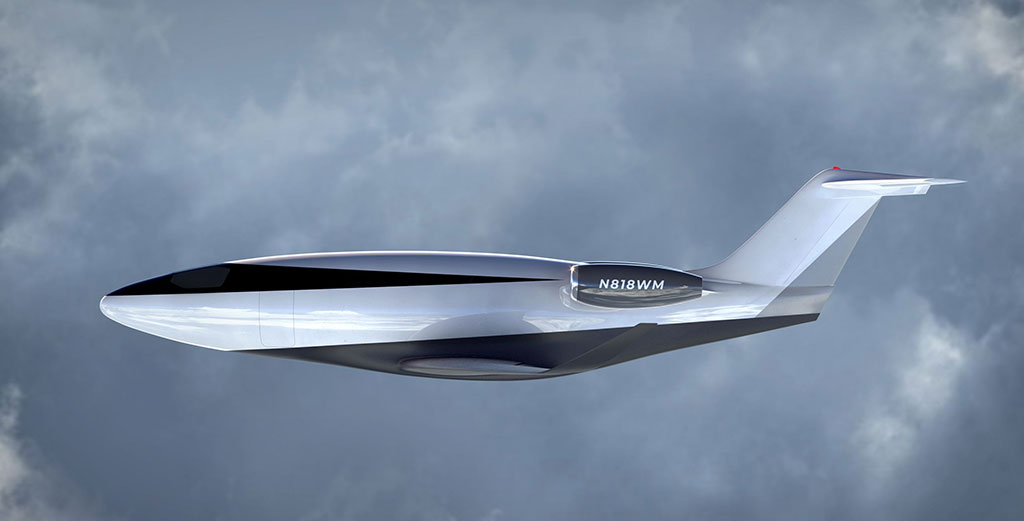
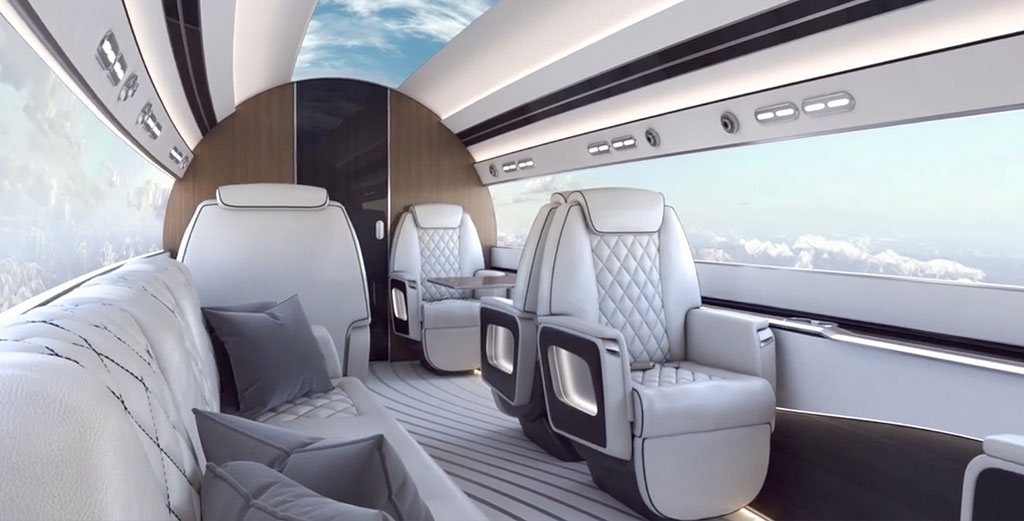
Topics Related To: FUTURE OF FLIGHT
Transportation of Tomorrow – How the Regent Viceroy Could Replace Ferry Transport
Designed to skim above large bodies of water at high speeds, the Regent Viceroy “Seaglider” could be the fast, efficient ferry of the future.
Gulfstream “Virtual Sky” Patent Reveals Adaptive Smart Aircraft Window Display to Enhance Wellness in Private Jet Cabins
Gulfstream Aerospace patent reveals virtual window concept to enhance passenger wellness and mitigate the effects of jet lag
Spiroid Winglets – Sculpting Air to Increase Efficiency
It might not seem logical that adding additional structure to an aircraft’s wing could reduce drag and enable it to slip through the air more efficiently.


